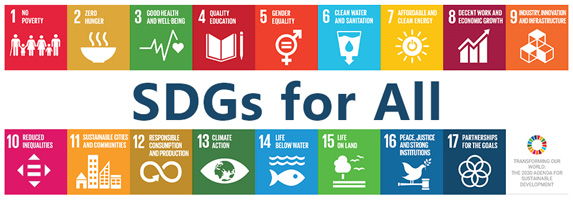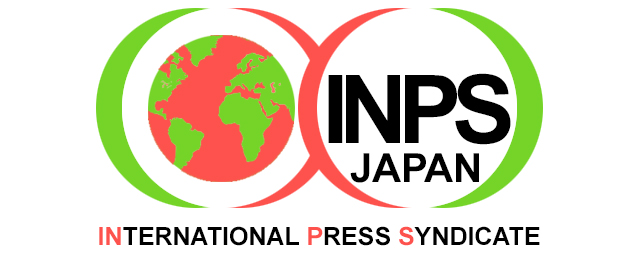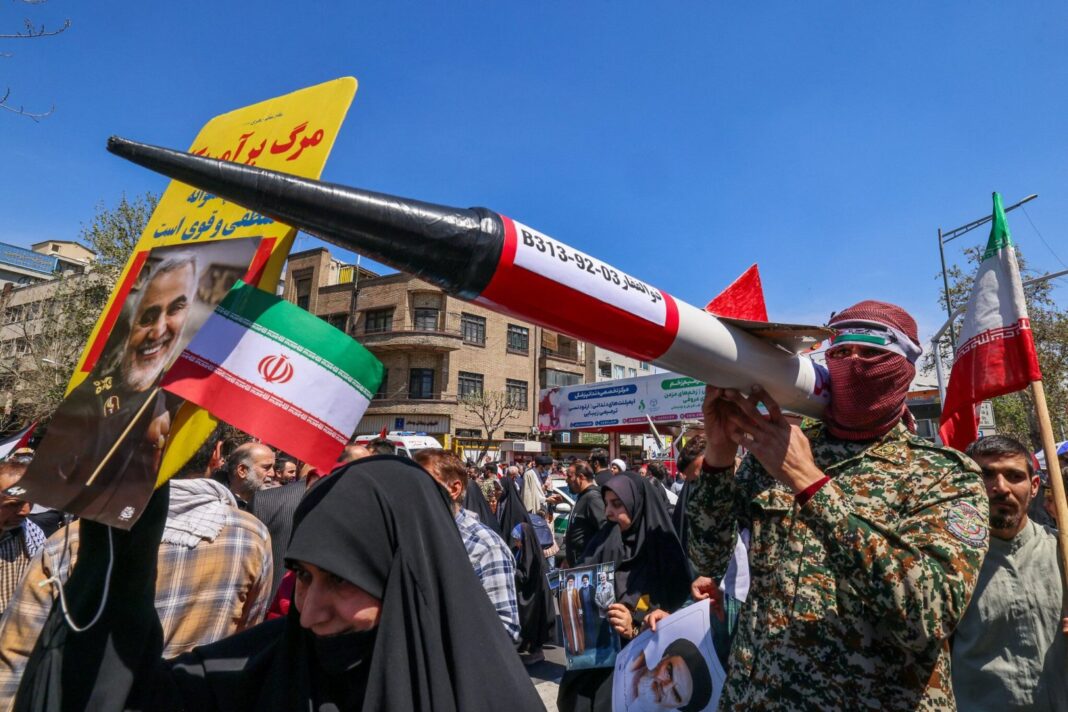By Dr Majid Khan
Melbourne (London Post) – The simmering conflict between Iran and Israel continues to be one of the most dangerous and complex confrontations in the Middle East. While it has not escalated into a full-scale conventional war, the hostilities are waged through covert operations, cyberattacks, drone warfare, proxy militias, economic sanctions, and strategic assassinations. This shadow war is shaped not only by ideological animosity and regional rivalry but also by the strategic interests of external powers and the influence of the global arms industry. JAPANESE
Iran’s policy toward Israel is deeply rooted in its revolutionary identity, which views the Israeli state as illegitimate and positions Tehran as a staunch supporter of the Palestinian cause. Over the years, Iran has extended its influence across the region by arming and funding proxy groups such as Hezbollah in Lebanon, various militias in Iraq and Syria, and factions in Gaza. This strategy has enabled Tehran to challenge Israel’s regional posture without engaging in direct warfare.
Israel, in turn, considers Iranian encirclement and its growing influence as an existential threat. To counter this, Tel Aviv has adopted a strategy of pre-emptive deterrence, targeting Iranian assets and supply lines in Syria and beyond. The country has conducted hundreds of airstrikes aimed at disrupting weapons transfers to Hezbollah and weakening Iran’s military foothold in neighboring states. Cyber operations, such as the famous Stuxnet virus attack on Iran’s nuclear facilities, and targeted assassinations of Iranian scientists are integral parts of Israel’s containment policy.
Though these two adversaries bear the brunt of the direct conflict, the ripple effects benefit a much wider circle of stakeholders. Chief among them are the United States and its Western allies, whose strategic calculus in the Middle East is heavily influenced by the Iran-Israel rivalry. Washington’s decades-long alliance with Israel ensures the continuous flow of sophisticated weaponry, intelligence, and financial support. The fear of Iranian nuclear advancement has repeatedly justified massive defense budgets and military aid packages for Israel.
Beyond military aid, the persistent portrayal of Iran as a regional menace also allows the U.S. to maintain its military presence in the Gulf, often under the banner of regional stability and counterterrorism. Simultaneously, it strengthens American influence in a region vital to global energy markets. For NATO allies, while public postures support diplomacy, defense ties with Israel remain robust. Countries like France, the UK, and Germany have all maintained arms cooperation, and European firms that feed into U.S. defense production quietly benefit from the uptick in regional tensions.
Meanwhile, the conflict has driven a dramatic realignment in the Arab world. Longstanding animosity toward Israel among Gulf States has been tempered by shared concerns over Iranian expansionism.
This has paved the way for historic normalization agreements under the Abraham Accords, brokered by the U.S. These evolving alliances are not merely symbolic, they involve deepening defense and intelligence cooperation, especially in the fields of missile defense and cybersecurity. By aligning more closely with Israel, Arab states like the UAE and Saudi Arabia not only improve their security architecture but also enhance their bargaining power with Western partners.
Arguably, the most consistent beneficiaries of this prolonged state of hostility are the global arms manufacturers. In the United States, defense giants such as Lockheed Martin, Raytheon, and Northrop Grumman regularly cite Middle Eastern instability as a reason for rising revenues.
The threat posed by Iran’s missile program or its nuclear ambitions has been used to justify major arms deals, including the deployment and sale of systems like the Iron Dome, THAAD, and Patriot. These companies also benefit from investor confidence each time hostilities flare, with defense stock prices often surging during crises.
This trend is not exclusive to the U.S. European defense firms, though smaller in scale, have also profited by supplying critical components and niche technologies to Middle Eastern allies. The cyclical nature of conflict, where provocations lead to military responses, which then require replenishment of arms; fuels a self-sustaining demand for weaponry. This dynamic is reinforced by powerful lobbying networks and think tanks that maintain a constant narrative of threat and urgency.
The cyber dimension of the conflict adds yet another lucrative frontier for the defense sector. Israeli tech companies and American cybersecurity firms are increasingly tapped to defend against Iranian espionage and cyberattacks.
Although it’s an oversimplification to argue that the conflict was engineered solely for profit, there is a clear pattern: certain actors adapt to, and even capitalize on, its persistence. For them, prolonged instability is not a failure, it is an opportunity. Arms sales spike, intelligence cooperation deepens, and strategic alliances are realigned in response to every escalation. Meanwhile, genuine efforts at diplomatic resolution are often sidelined or undercut by interests that stand to lose from peace.
For the United States and its Western allies, this ongoing tension provides both economic returns through defense contracts and strategic leverage in countering adversaries like China and Russia in the broader geopolitical competition. For the Arab Gulf states, confronting Iran allows for greater cooperation with Western powers and opens the door to previously unthinkable alliances with Israel. In this ecosystem, military procurement becomes not just a matter of defense but a key tool of foreign policy.
Despite the flurry of diplomatic and military activity, the conflict has exacted a high human and economic cost. In Iran, years of sanctions and defense spending have strained the economy and fueled public dissatisfaction.
In Israel, the population lives under a constant sense of threat, with military preparedness shaping both its economy and national psyche. In the wider region, proxy wars in Syria, Iraq, and Yemen, often fueled by this Iran-Israel rivalry; have destabilized entire countries and displaced millions.
As for which side has emerged victorious, the answer remains elusive. Israel has maintained its military edge and achieved operational successes in thwarting Iranian objectives, including precision strikes and diplomatic breakthroughs with Arab neighbors. Yet it remains under the perpetual threat of asymmetric retaliation and international criticism. Iran, for its part, has entrenched its influence through a vast network of proxies, allowing it to pressure Israel and U.S. allies across multiple fronts. However, it has paid a heavy price in terms of sanctions, economic isolation, and internal unrest.
In truth, neither Iran nor Israel can claim decisive victory. Their gains are tactical and often temporary, while the costs are strategic and enduring. The most significant winners are external actors, arms manufacturers, geopolitical power brokers, and states that leverage the conflict to advance unrelated agendas. The people of the region, meanwhile, are left to endure the instability, insecurity, and suffering that come with a war that serves too many vested interests to be easily resolved.
Until the underlying dynamics, economic incentives for militarization, strategic rivalries, and ideological entrenchments; are addressed, the Iran-Israel conflict is likely to persist. What appears to be a regional dispute is, in reality, a globalized game in which the rules favor confrontation over compromise, and where the business of war continues to outpace the pursuit of peace.
INPS Japan/London Post




